UNDER THE SURFACE | Where are the serious rosés?
The rise of rosé as a lifestyle accessory has been great for producers in Provence, but has arguably made it more difficult for makers of more textured, vinous pinks to gain traction. But is the tide turning, asks Guy Woodward
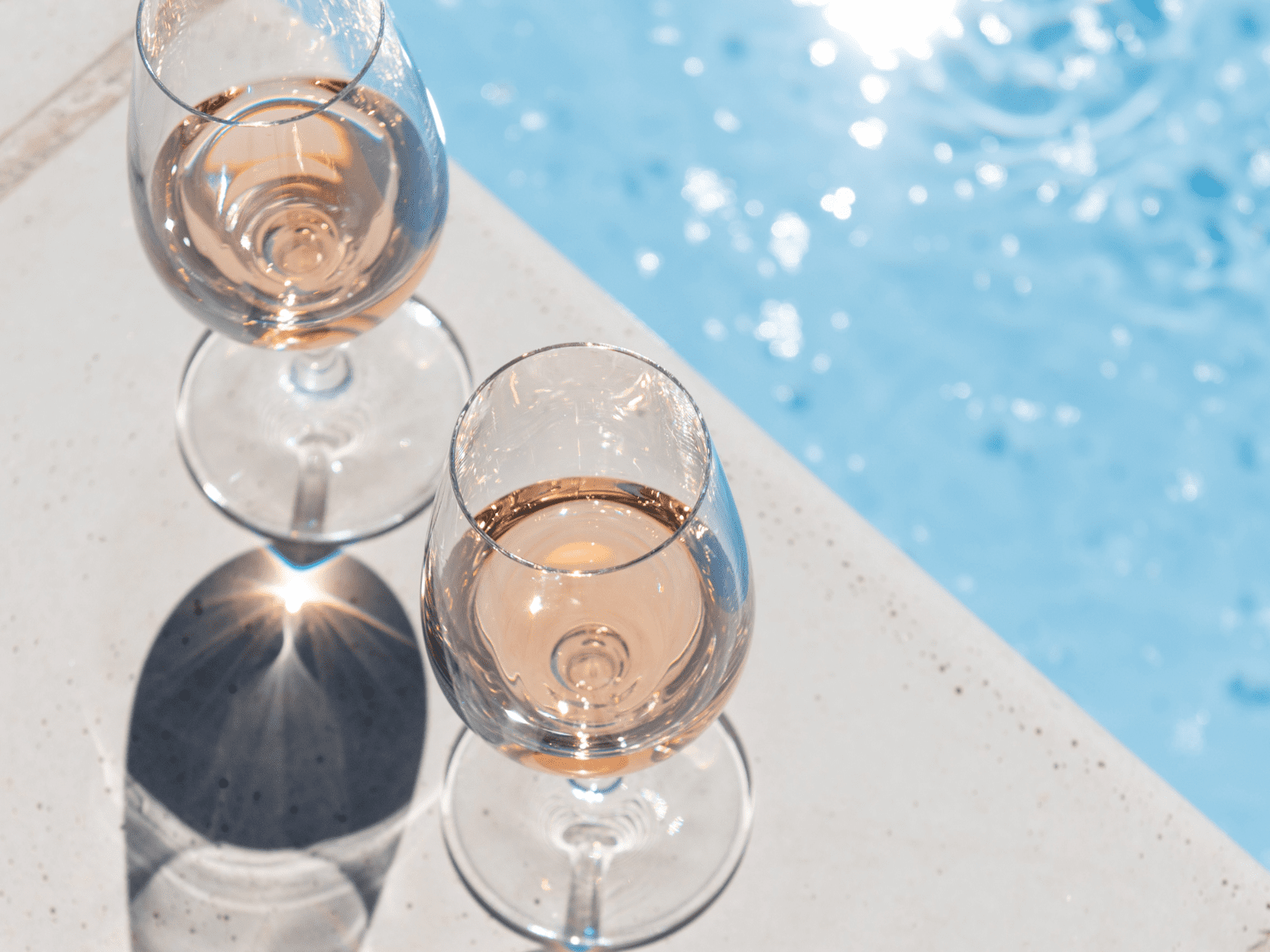
Few phrases have encapsulated a wine category so effectively as ‘swimming pool rosé’. What the French term ‘la rosé piscine’ (arguably an even more vivid descriptor, to an English ear) is the kind of wine that is perfect, as Olivier Krug memorably said, ‘for when you don’t want to focus on what you’re actually drinking.’
Such a feeling is not one that genuine wine lovers often experience, of course – and therein lies the problem. Sales of rosé have risen by 17% since the turn of the millennium, led by the pale-hued, denuded Provençal iteration. One of the few wine regions where rosé is the dominant style (accounting for nearly 90% of its output), Provence might be responsible for a mere 5% of global rosé production, but it has enjoyed a disproportionate influence through this signature rendering. Indeed so fashionable has the unobtrusive, paler-the-better, ballet-pump/onion-skin-toned rosé become that other regions have taken to aping it in identikit fashion. Peter Mitchell MW, wine director for London merchant Jeroboams, tasted 150 examples from around the world at this year’s Decanter World Wine Awards. His verdict? ‘Most were almost identical – and pointlessly boring – bland, dull, and better when cold.’
‘Rosé is not all about strawberries
TAMLYN CURRIN,
and fairground candy. It offers as much in the way of flavour, texture, structure and interest as white or red wine.’
jancisrobinson.com
The ubiquity of such wines has arguably made it more difficult for good, terroir-driven rosé to cut through and be taken seriously. The bizarre misconception in some quarters that a rosé’s pale hue is sign of quality, and that a deeper colour betrays sweetness, raises further obstacles. And while few genuine wine lovers would be fooled by such an assertion – or, indeed, experience such moments as Krug references – even among more informed consumers, an anti-rosé prejudice has threatened to take hold.
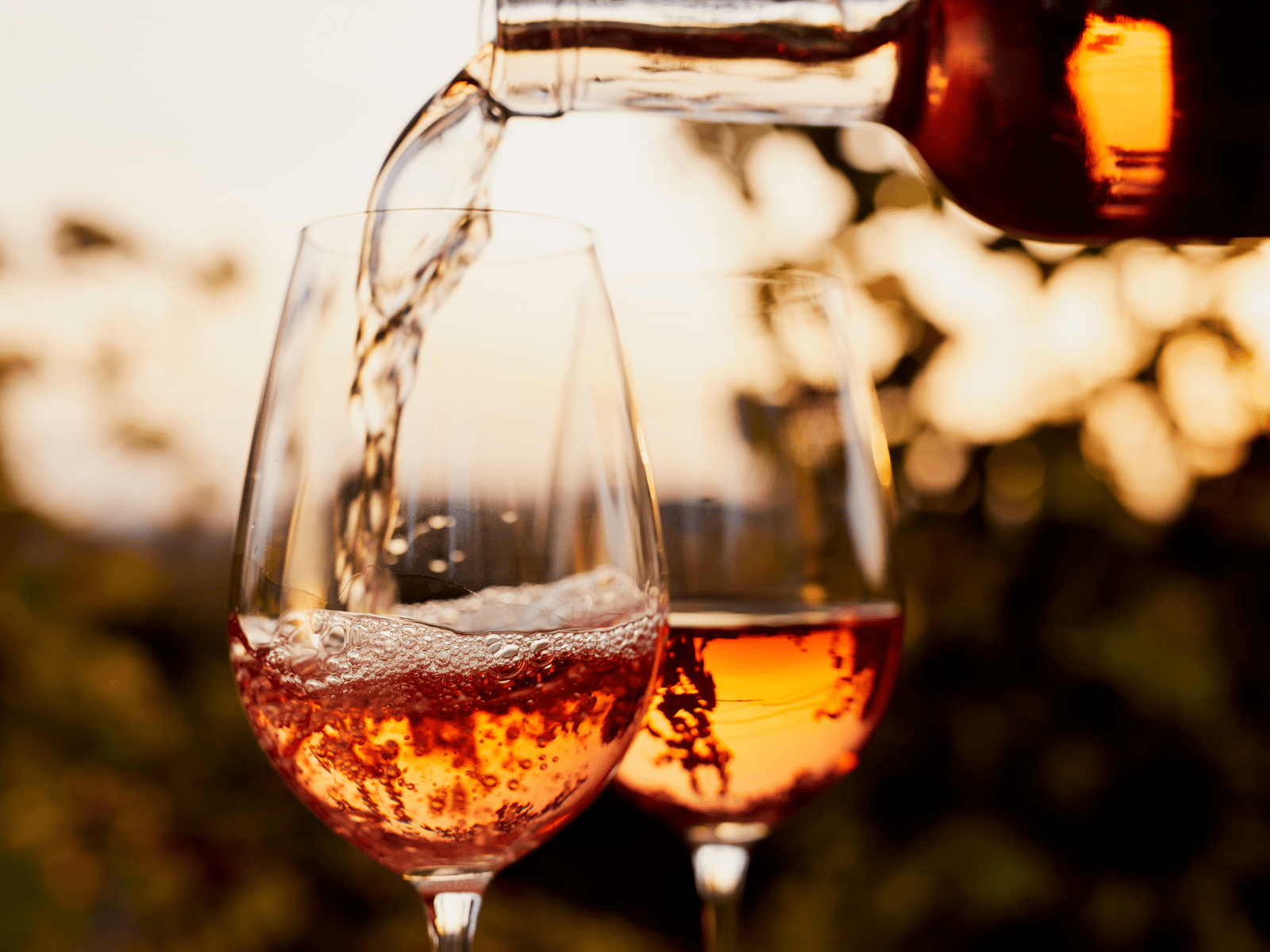

On the face of it, there’s no reason why a rosé can’t display the same vibrant complexity as a young white or red wine – or why it shouldn’t be valued in equal measure by the market. Perhaps the sense that it is an afterthought, rather than a priority, for some producers has counted against it, along with the lack of A-list rosé producers (while Aubert de Villaine of Domaine de la Romanée Conti makes one at Domaine de Triennes in Var, such a niche outpost arguably rather proves the point). There are several Provençal estates, however, with a proud rosé heritage. Domaines Ott is the original trailblazer, and remains true to a style that harnesses weight and zest, while Château Simone produces an unfashionably deep-coloured version that blurs the line between pink and red. Clos Cibonne and Domaine Gavoty offer further proof that characterful, textured Provence rosé does exist.
But it is elsewhere in France that the real interest lies. Sancerre, the choice of the jetset before Provence came along, can still dazzle with its bright raspberry fruit. Bandol is a stalwart of a more structured style, via the likes of the redoubtable Domaine Tempier, while Tavel, in the Rhône, is the only AC dedicated exclusively to rosé, yielding a still more robust rendering.
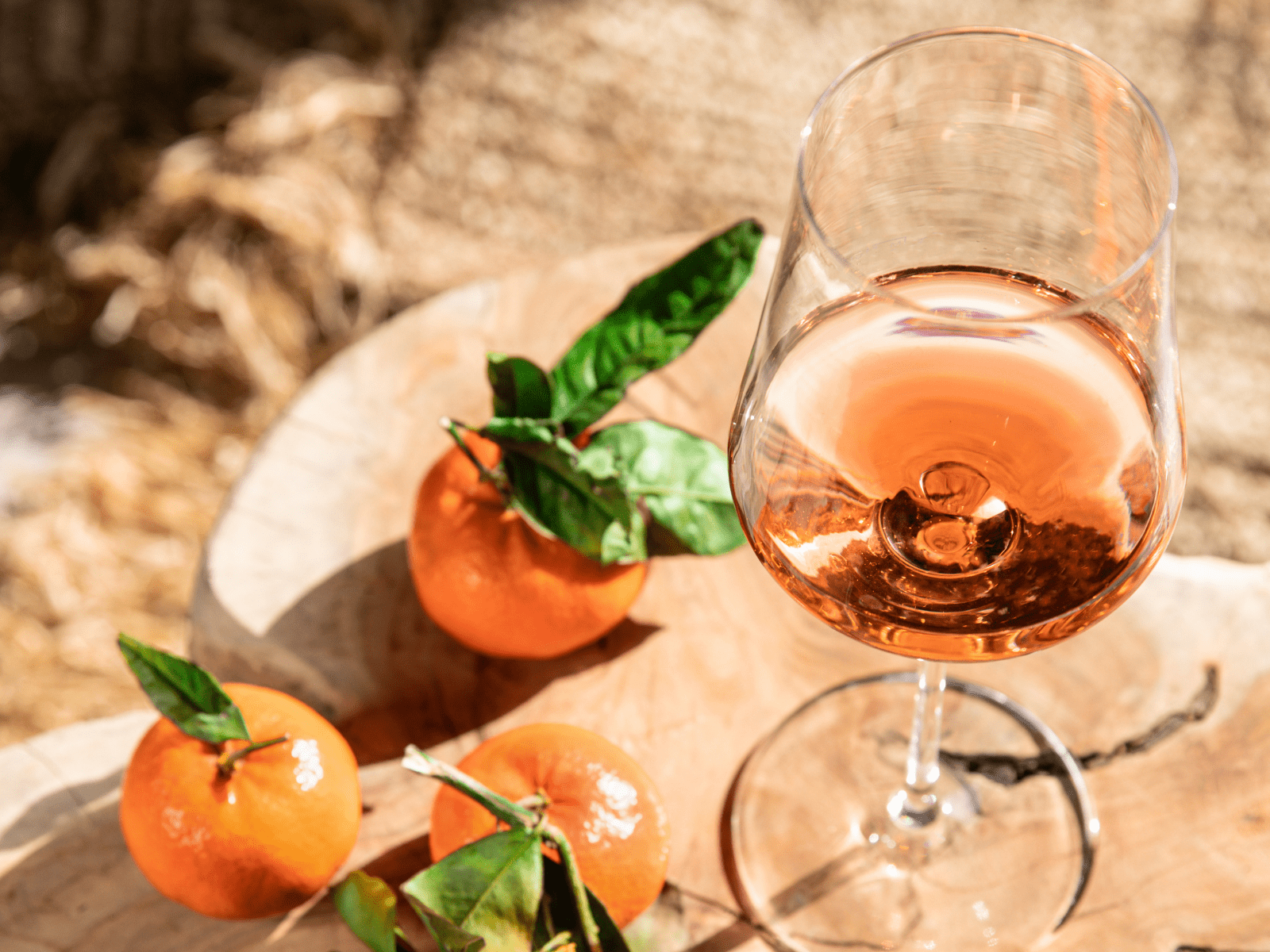

At a 67 Pall Mall masterclass last year entitled ‘Rosé Gets Serious’, Richard Bampfield MW argued that ‘many of the most exciting rosés today are from the Rhône, Spain and Greece, and are deeper in colour and genuinely vinous.’ López de Heredia in Rioja and Château Musar in Lebanon make hugely characterful renderings that undergo substantial barrel-ageing. Meanwhile, veteran critic Oz Clarke has gone on record as pinning the future of English wine to still rosé, picking out Essex Pinot Noir as its likely calling card (British wine writer Henry Jeffreys eulogised over Lyme Bay’s rosé, made from Essex-grown Pinot, with its ‘crunchy red fruit and wood spice notes of cinnamon and camphor’, heralding it as ‘a serious wine’).
Jeffreys also references an upgrade to the ‘swimming pool rosé’ category – what he calls ‘yacht rosé’. The likes of the oak-aged Garrus, the premium wine of Whispering Angel creator Château d’Esclans, and Clos du Temple from Gerard Bertrand in the Languedoc cater to a more discerning market looking for a little more substance from their pinks. It might be more flattering to describe such wines as ‘gastronomic rosé’, a subset that is certainly becoming more and more of a viable option for diners. Sommeliers are increasingly vocal advocates of such wines’ versatility with food, especially dishes with a touch of spice. All of which is taking rosé away from its reputation as a summer wine, formed in the days when ordering rosé in the autumn in London was akin to ordering a cappuccino after midday in Rome.
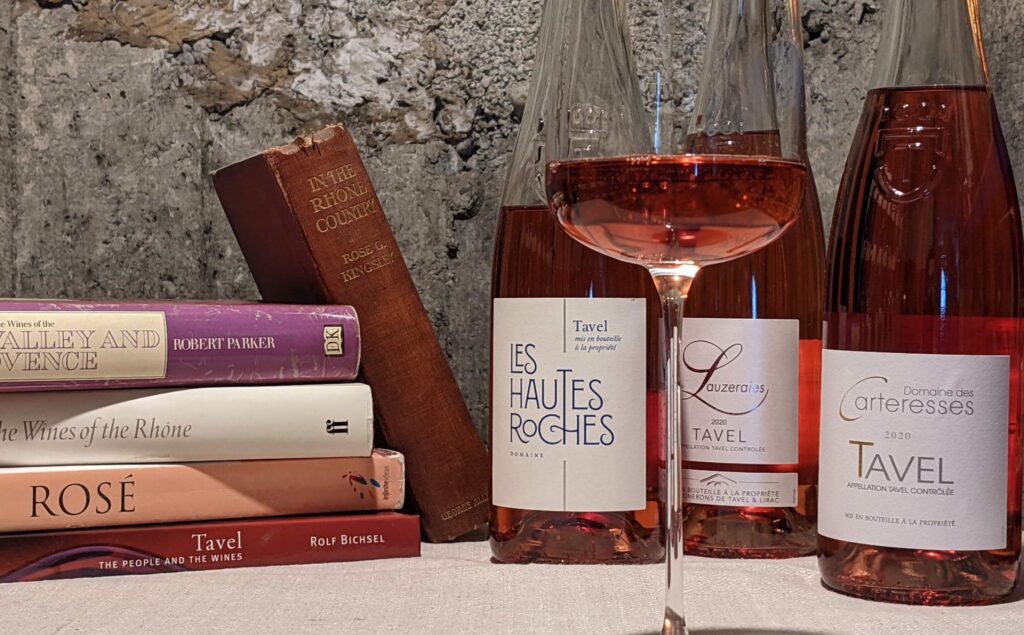

In the last few years, sales of ‘swimming pool rosé’ have slowed. So has the time finally come for ‘wine-bar rosé’ to come to the fore? ‘There are still those riding the (subsiding) wave of fashion that hold that the paler and more uninteresting the better (step forward, celebrity rosés),’ argues Tamlyn Currin on jancisrobinson.com. ‘But there is a definite swing in the other direction. Rosé is not all about strawberries and fairground candy. It offers as much in the way of flavour, texture, structure and interest as white or red wine. Many producers all around the world are taking rosé very seriously, and more and more often, I’m finding rosés with real personality and complexity, that are not merely hitching a ride on the back of a trend.’ We’ll drink to that…
Not a 67 Pall Mall Member? Sign up to receive every issue of The Back Label by filling out your details below.
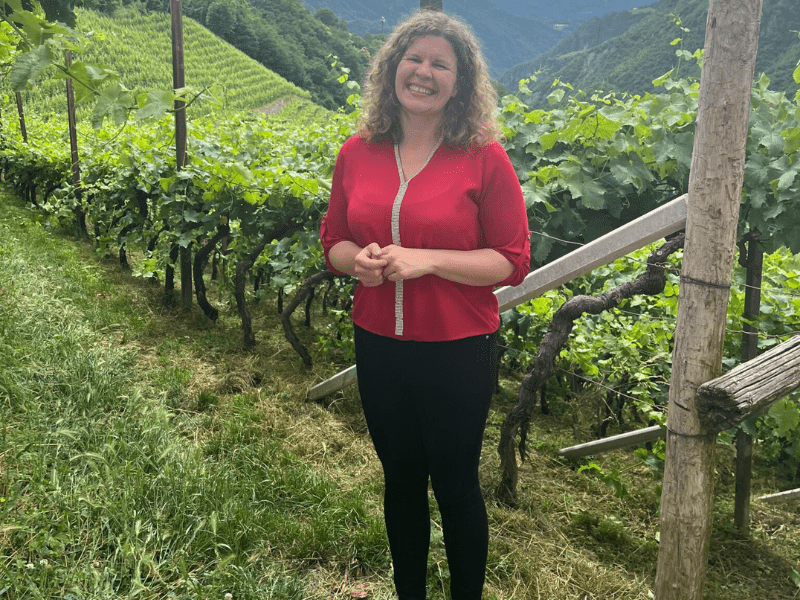

IN
THE
VINEYARD
Gump Hof, Alto Adige, Italy
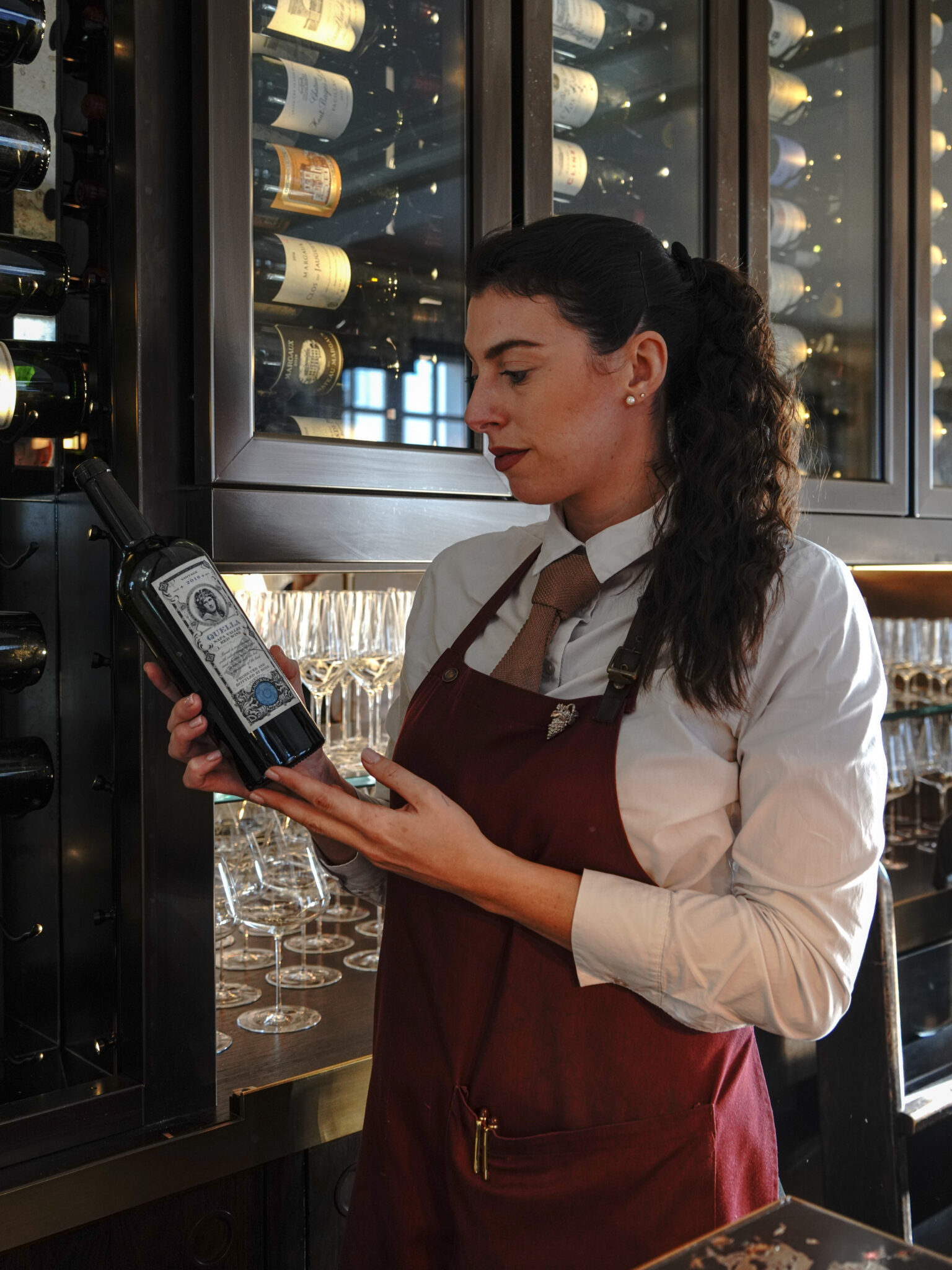

ON
THE
LIST
Mariachiara Faccin
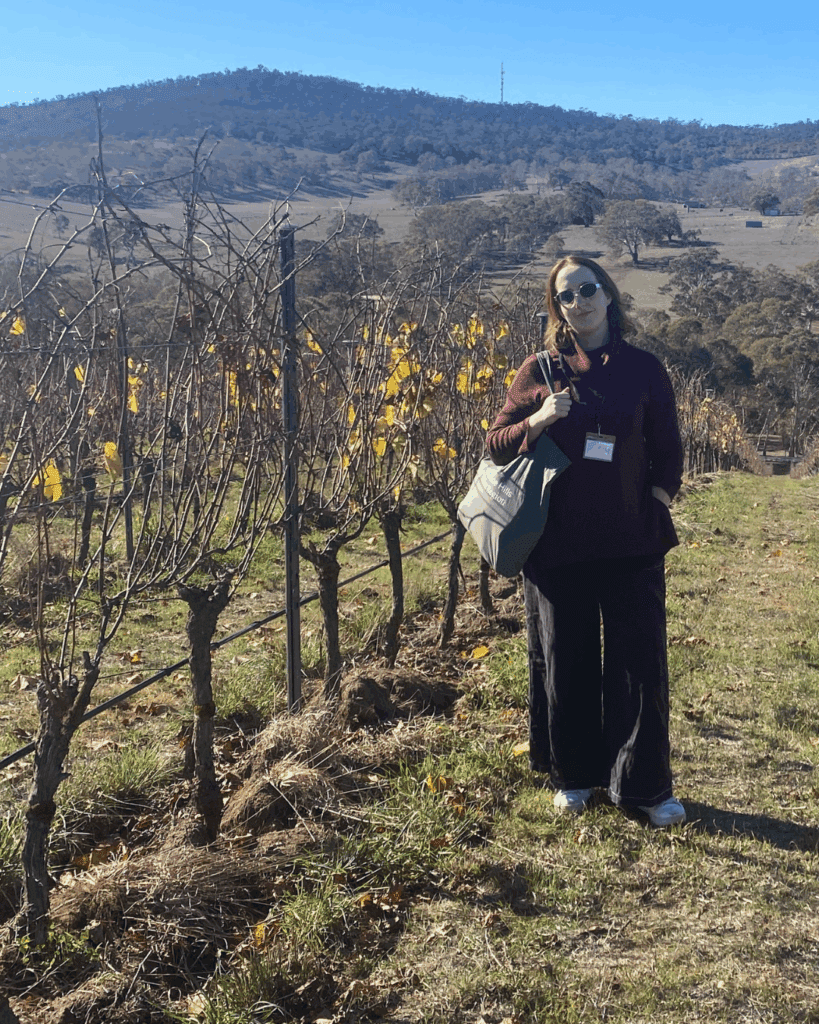

ON
THE
ROAD
Christina Kaigg-Hoxley in the Adelaide Hills
